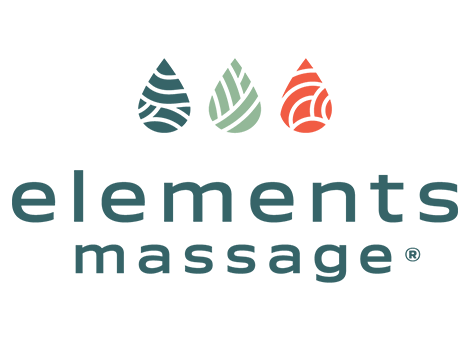Hypertension, or high blood pressure, is a significant public health concern, associated with increased risks of heart disease, stroke, and other serious conditions. Emerging evidence suggests that massage therapy may be an effective intervention for lowering blood pressure and promoting cardiovascular health (Givi, 2013).
How Does Massage Therapy Lower Blood Pressure?
The exact mechanisms by which massage therapy can lower blood pressure are not fully understood, but several theories have been proposed, including:
-
Stimulation of the Parasympathetic Nervous System: As previously mentioned, massage therapy can promote activity in the parasympathetic nervous system (PNS). Increased PNS activity can lead to responses such as decreased heart rate and lower blood pressure, providing a natural counter to the body's stress response (Diego & Field, 2009).
-
Reduction of Stress Hormone Levels: Massage therapy has been found to reduce levels of cortisol, a hormone released in response to stress. High levels of cortisol can contribute to increased blood pressure, so by reducing cortisol levels, massage therapy may help to lower blood pressure (Field, 2010).
-
Improved Blood Circulation: Massage can help improve blood circulation, which in turn can help to regulate blood pressure. Better circulation allows for more efficient distribution of oxygen and nutrients throughout the body, potentially reducing the strain on the heart and lowering blood pressure (Best & Crawford, 2017).
Scientific Evidence on Massage Therapy and Blood Pressure
Numerous studies have supported the potential benefits of massage therapy for blood pressure regulation. For example, a meta-analysis by Xiong et al. (2015) evaluated the effects of massage therapy on blood pressure in people with hypertension. The analysis, which included 24 randomized controlled trials involving more than 2000 participants, found that massage therapy significantly reduced both systolic and diastolic blood pressure.
Another study by Olney (2005) investigated the impact of seated massage on blood pressure in women with prehypertension. The study found that a 15-minute seated massage resulted in a significant reduction in both systolic and diastolic blood pressure.
References
- Best, T. M., & Crawford, S. K. (2017). Massage and postexercise recovery: The science is emerging. British Journal of Sports Medicine, 51(13), 1019-1021.
- Diego, M. A., & Field, T. (2009). Moderate pressure massage elicits a parasympathetic nervous system response. International Journal of Neuroscience, 119(5), 630-638.
- Field, T. (2010). Touch for socioemotional and physical well-being: A review. Developmental Review, 30(4), 367-383.
- Givi, M. (2013). Durability of effect of massage therapy on blood pressure. International Journal of Preventive Medicine, 4(5), 511-516.
- Olney, C. M. (2005). The effect of therapeutic back massage in hypertensive persons: a preliminary study. Biological research for nursing, 7(2), 98-105.
- Xiong, X. J., Li, S. J., & Zhang, Y. Q. (2015). Massage therapy for essential hypertension: a systematic review. Journal of Human Hypertension, 29(3), 143-151.

